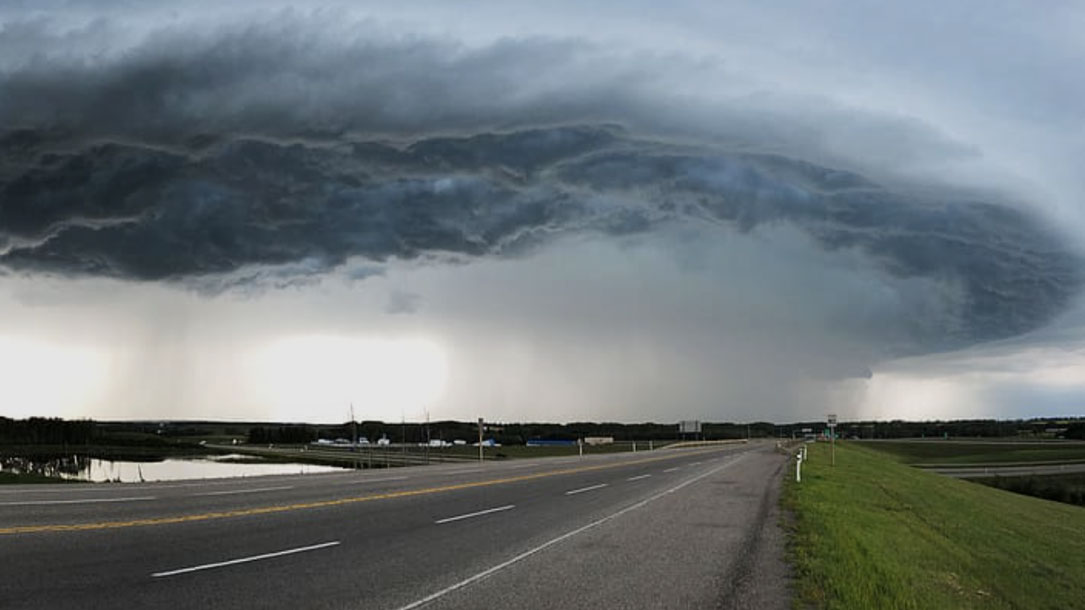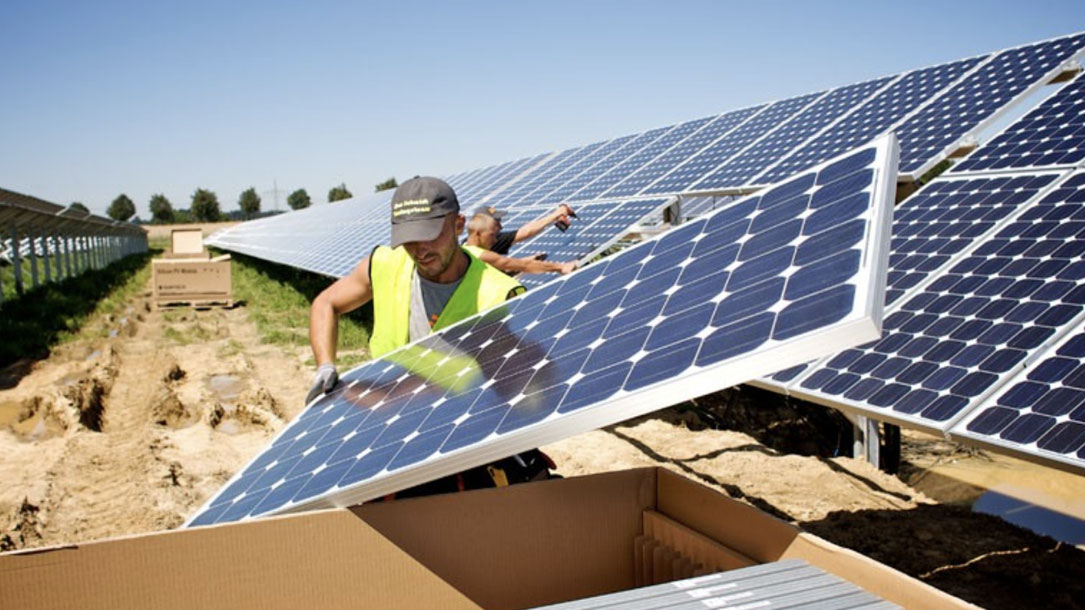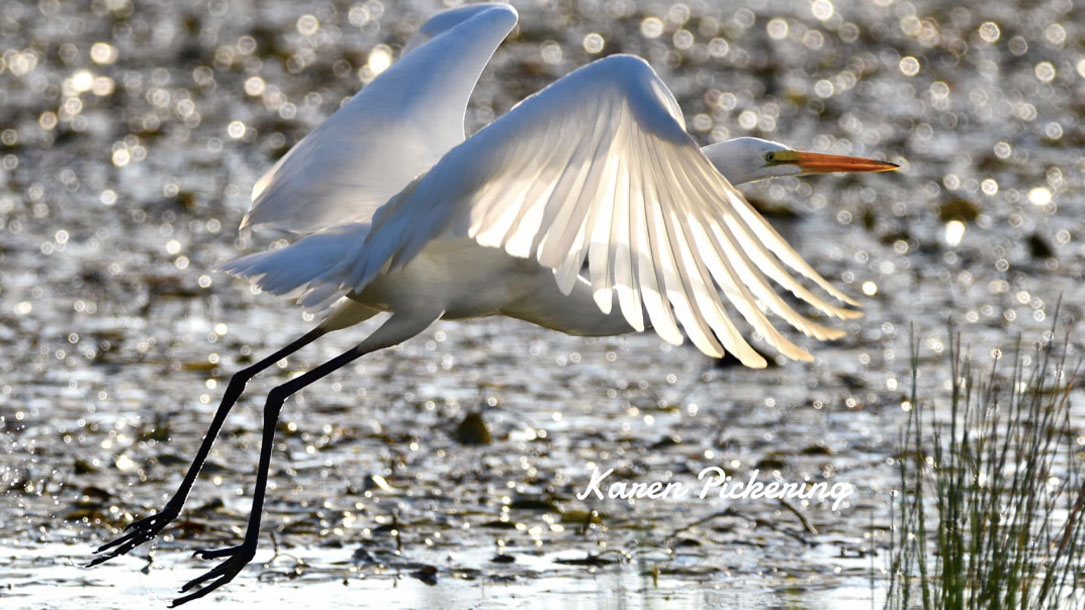
Reflections from Judy, October 2021
With climate talks gearing up on the local, national, and international levels, there have been a lot of articles recently about climate solutions.
It’s important timing. I’ve created this eNews so you can skim, and share, articles that are relevant to you and those you know.
NOAA has documented that atmospheric carbon dioxide (CO2) concentration will soar past a concerning threshold this year, exceeding 417 parts per million (ppm) — a 50% increase since the start of widespread industrial activity in the 18th century.
They state “The atmospheric burden of CO2 is now comparable to where it was during the Pliocene Climatic Optimum, between 4.1 and 4.5 million years ago, when CO2 was close to, or above 400 ppm. During that time, sea level was about 78 feet higher than today, the average temperature was 7 degrees Fahrenheit higher than in pre-industrial times, and studies indicate large forests occupied areas of the Arctic that are now tundra.”
The next few years are going to be critical to our long-term success. Many of these solutions necessitate a change in thinking — like how much natural climate solutions can help as they become increasingly stressed by climate change, the critical importance of dual-use solar and wind, and how energy conservation efforts can become more central to our land and water conservation work.
Then, of course, there’s the steady drumbeat about the importance of talking about climate change — and climate solutions — in a way that resonates with people.
It will require a paradigm shift to help your community understand that farms, ranches, nature, and the places they love need renewables to survive and thrive. Natural climate solutions are an important part of the puzzle — including soils — but unless we transition off fossil fuels in the near term, and conserve more energy, those natural climate solutions are increasingly at risk.
We are going to need you, and the communities you are affiliated with, to share examples of compatible, dual-use, renewable energy and encourage adoption for the sake of the farms, ranchlands, and wildlife you love.
Thanks for caring, and for helping people to see that the solutions are already here. We just need to implement them at scale.


Reflections for land trusts, October 2021
Last week, the national Land Trust Alliance hosted its land trust conference. There were over 60 presentations, including many on climate change and communications.
The timing couldn’t have been better. As climate change continues to accelerate, land conservationists and those who care about their communities are stepping forward to help people connect the dots on how to support meaningful change.
We recognize that climate change is quickly pushing animals and plants past their ability to survive, and natural climate solutions are, at best, predicted to be approximately 30% of the solution.
As natural systems become more stressed by climate change and the resulting disasters and impacts, natural climate solutions become more vulnerable.
Nature needs renewables — and our collective work to reduce energy consumption — to flourish.
To help with that, I thought you might appreciate this very thoughtful video about the role of “agrivoltaics” in water conservation, farm viability, and economic impact. It’s titled: “Agrivoltaics. An economic lifeline for American farmers?“
For too long, we’ve been saying that solar should avoid farmland, based upon soil type (meaning, avoiding lands of “prime” or “statewide” importance, etc.). Yet given that we know that climate change is stressing soils, and making farming and ranching more difficult, the question could better be framed: “How can solar (and wind) help farm and ranch viability, water retention, and soil health?”
Installing millions of acres of solar that are mowed like lawns, to me, is a gigantic waste. Instead, we could promote elevated solar that allows for a diversity of farming and ranching underneath and between the panels.
I look forward to hearing what you think of the agrivoltaics video, and what you think of the land trusts, featured below, who are helping to address climate change.
Best,


Reflections from Judy, September 2021
I hope this email finds you OK. My heart goes out to those experiencing the severe droughts, fires, floods, tornados, and storms. On a personal note, I’m finding that the abrupt weather changes are triggering migraines — and I sure didn’t budget for emergency tree removal after one of the last fast-paced storms.
You probably heard about it, but the recent IPCC climate report made it clear, once again, that we must get off fossil fuels as soon as possible; natural climate solutions (like soils, trees, oceans, and prairies) while important, are going to become increasingly stressed. In the best-case scenario, they can slow down climate change by approximately 30%. Yet even that is starting to be a challenge.
Now, more than ever, responding to the climate crisis necessitates thinking about land conservation and community engagement differently. We need to be honest and authentic with our communities and supporters about what’s at stake and how natural climate solutions could lose much of their power to make meaningful change.
We need to help people understand that nature and farms need renewables. Case in point: there are a number of communities fighting solar and wind. Sometimes this is with good reason; they can be poorly designed. Yet that doesn’t have to be the case. We need to help these communities understand that the places they love are increasingly at risk, and renewables, when properly designed and implemented, are an important step to saving the places we hold dear.
I’m personally not an advocate for removing woodlands for solar unless they are mono-cultures. I’d rather have dual-use, agrovoltaics that help with pollinators and farm viability. But, that won’t happen unless we help make it happen. And some land trusts are.
There’s a paradigm shift happening about what it means to conserve land and water for generations.
Land trusts are starting to help make that shift happen.


Reflections for land trusts, July 2021
I hope you are doing okay. I’ve written this message to you three different times. Each time seemed too sad, too dreary, too much. I find that I’m walking around the house and I just lose my way; I’m lost in thought about what is at stake for me, for you, and for our collective future.
Extreme weather wackiness is increasing given the continued use of fossil fuels and higher levels of heat-trapping greenhouse gases. As of May 2021, our global CO2 levels exceeded 419. That’s way past what is considered a safe level of atmospheric carbon dioxide (350 ppm), which is why natural climate solutions are so important to pull CO2 from the air.
New York City had the worst air quality in the world this past Wednesday… due to the western fires. Just think about that. Smoke from 3,000 miles away. For those of us who don’t live where the fires are it’s hard to fathom. For those who do, we are thinking of you.
The same goes with the flooding. The floods seem to be accelerating in the southern and eastern parts of this country.
The driver is, as you know, burning fossil fuels. Without transitioning off fossil fuels soon, natural climate solutions like farms and ranchlands, woodlands, wetlands, and prairies, won’t stand much of a chance.
The good news is that land trusts are recognizing that they can’t think in climate silos.
As land conservationists, we have had to adapt, change, partner, and develop new perspectives on what it means to conserve land and serve our communities, for generations to come. We now have to combine compassion with grit and new ways of thinking.
A number of land trusts are realizing that renewable energy must be part of their own climate solution to save the lands and waters they have pledged to conserve. The same goes for energy conservation.
I know we can do it because we must do it. It’s a moral imperative. There are land trusts who care deeply about slowing down climate change and are strategic thinkers; they recognize we depend on them to lead in an integrated manner. And many are. That’s part of why I’m hopeful.


Reflections from Judy, July 2021
I’m wondering if you could share with me what types of articles would be helpful for you in our joint effort to understand the impacts of climate change and work to slow it down.
For example, part of the challenge is connecting conservation-oriented people, like you and me, to the need to take rapid action to get off fossil fuels. I still hear people say, “We should keep solar off farms until all the buildings, dumps, and parking lots are covered with solar.”
Yet, that perspective doesn’t factor in a number of issues, including:
- Farms and ranches often need the added income that solar provides — we have lost millions of acres due to lack of economic viability. Extreme weather from climate change is only making it harder.
- Many rooftops aren’t strong enough, nor suitable for, solar installation. We are going to need ground-mounted solar and roof-top solar.
- Solar, if installed thoughtfully, can actually help soil regeneration and water absorption — more than growing corn for ethanol or other crops that demand intensive fertilizers.
- We have the technology to ensure that solar is compatible with farm viability — we just have to prioritize it with the related policies, along with parking areas and rooftops. Sheep grazing is an example of this, but so is growing crops and grazing cows and large animals around solar.
- Nature-based, and farm-based, climate solutions are reliant on getting off fossil fuels, soon.
Research shows that people may not embrace, or act, slow down climate change because they don’t like the solutions. And very well could include conservation-oriented people, too. I’m confident that we can recognize this challenge and overcome it.
What information would be helpful to you, and those you know, to encourage an integrated approach to slow down climate change and face the urgency of the situation? I look forward to your thoughts; please email me.


Reflections for land trusts, June 2021
This month’s issue of Land Trusts Taking Action (to slow down climate change) has some inspiring news.
Land trusts love the idea of natural climate solutions, and two videos (below) are talking about the critical nature of forests during this time. I think you’ll find both of them interesting for different reasons.
You’ll see some research documenting how agriculture can become part of the climate solution. American Farmland Trust’s efforts, and that of others, speaks to the opportunity for investing in soil health to reduce climate-warming gases — and to increase farm viability.
Plus, I think you’ll find partnerships with solar companies something to consider. As noted by The Nature Conservancy, natural climate solutions won’t be effective if we don’t transition to clean energy within 10–12 years. The trees, plants, and soils will be too stressed — and increasingly vulnerable to fires, droughts, floods, disease, and invasive insects and fungus.
We, therefore, need to see clean energy as part of our conservation solution and work to authentically find ways to promote it, and not sideline it under the guise of locating it in “appropriate places.” We need to promote dual-use, elevated solar that supports farm viability. You’ll see one such example below, with American Farmland Trust hiring a Solar/Conservation Specialist.
I look forward to hearing how land conservation organizations in your region are working to slow down climate change.

Judy Anderson
Community Consultants
P.S. It would be helpful if you shared on social media and reached out to your representatives to say how much you support the 30 x 30 effort — and to let them know it’s important that they help counter misinformation. American Farmland Trust has a good post you can read here.

Reflections from Judy, June 2021
There are some new studies you might find of interest about natural forest regeneration, climate change impacts on butterflies and birds, and the impact of climate change on moose.
I love moose. They and other wildlife are part of the reason why I work so hard to slow down climate change. Yet the future of moose in this country is looking grim if we don’t work quickly to slow down climate change, and get off fossil fuels.
As noted in a recent article, “moose populations across the northern United States are declining as the climate warms up. You wouldn’t think that a temperature increase of only 1.5 to 2 degrees Fahrenheit would kill a moose, but it appears that it does.”
It’s a challenge, with species at risk all over North America (and the world) — and tension between renewables and land conservation efforts. Yet we have to face reality. We are going to need to promote energy conservation incentives and renewable energy if we are to save the species we all cherish.
That means advocating for dual-use, compatible renewables like wind and solar. Converting healthy forests to solar isn’t ideal — yet keeping forests healthy in an accelerating, changing climate is going to very difficult, to say the least. Increasing the pace of land conservation and renewables will have to happen simultaneously.
It also might mean that you encourage your local and regional conservation groups to support the Citizen Climate Lobby’s work on bipartisan efforts to put a price on carbon pollution…and then talk about why they are doing that.
Together, we can help people understand what is at stake, and how “conservation as usual” and natural climate solutions won’t be nearly enough, nor fast enough, to do the job. As noted below, the “Greens” (who many conservationists don’t see themselves) are now working to find that common ground.
I’m hoping that it includes you, too.


Reflections for land trusts, May 2021
As our country moves forward and away from Covid, we are able to focus on getting together, connecting around land and water, and supporting one another as we re-engage. For many of us, it feels hopeful.
And then there’s the 30 x 30 initiative. That too provides a ray of hope into our collective efforts to conserve what has become even more important to our communities during the pandemic.
The federal funds, should they actually happen, will provide land trusts and communities across the country with more tools to help families, communities, and other nonprofit organizations who care about clean water, access to land, and health and wellbeing.
Urban conservation efforts need to be part of this work — and there are some land trusts who are making sure that happens. I hope your land trust will seek to partner with the cities, villages, and hamlets (and other areas that are more densely settled) to address climate change in creative ways — and in addition to rural and suburban efforts.
The Western Reserve Land Conservancy, Western New York Land Conservancy, and Taos Land Trust are three land trusts helping to do just that.

Judy Anderson
Community Consultants
P.S. It would be helpful if you shared on social media and reached out to your representatives to say how much you support the 30 x 30 effort — and to let them know it’s important that they help counter misinformation. American Farmland Trust has a good post you can read here.

Reflections from Judy, May 2021
I hope this email finds you well. I’m actually out of the office this week but wanted to make sure you still received the climate eNews so you can share it with those who care.
That’s why I hope you’ll join me in embracing the 30 x 30 plan below and advocate for increased energy conservation and compatible renewables.
Natural climate solutions are dependent on us getting off fossil fuels as soon as possible — which is why The Nature Conservancy frames them as providing up to 30% of the solution.
You know, as do I, that natural systems are increasingly stressed. Our communities face extreme weather, year-round. We are going to need more conservation-oriented people to help advocate for renewables at scale, energy conservation incentives, and legislation that invests in the change needed to face reality.
That’s why I’m thankful that together we can move forward and rethink what it means to conserve land and water for generations.

Judy Anderson
Community Consultants

Reflections for land trusts taking action to slow down climate change, April 2021
There’s some momentum building. More and more land trusts are taking action to slow down climate change.
In fact, I found so many examples this time that I’ll be including some in the next issue of Land Trusts Taking Action to Slow Down Climate Change in May. With growing urgency to both slow down climate change, and to diversify the partnerships to make that possible, land trusts can — and should be — a central part of the solution.
As you know, talking about climate change is a major part of this work, and sharing examples related to the challenge and possible solutions, is central to making change.
That’s why I include a variety of stories for you to skim in the hope that you’ll find something that resonates with you. I’ve had several people say they are building on the examples from the eNews including sharing the stories on social media or developing related stories and projects of their own.
Inspiration is leading to action.
I hope the same will be true for increasing the pace of inclusive conservation. If all goes well, I’ll be sending out an eNews in June featuring the community conservation/inclusive conservation work being done by land trusts. You can sign up for that HERE if you’d like.
Thanks for caring and for helping to slow down climate change.
Best,

Judy Anderson
Community Consultants












